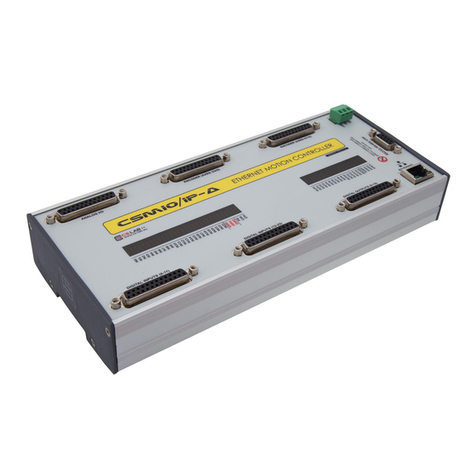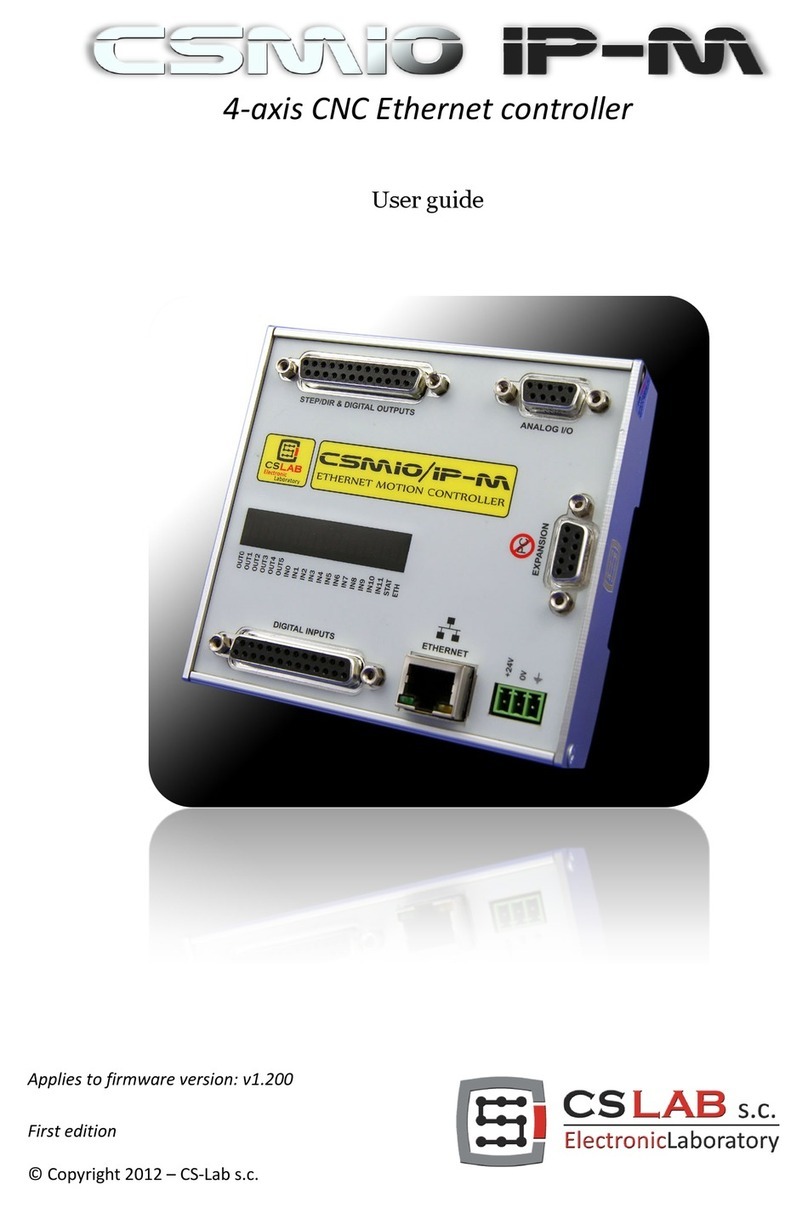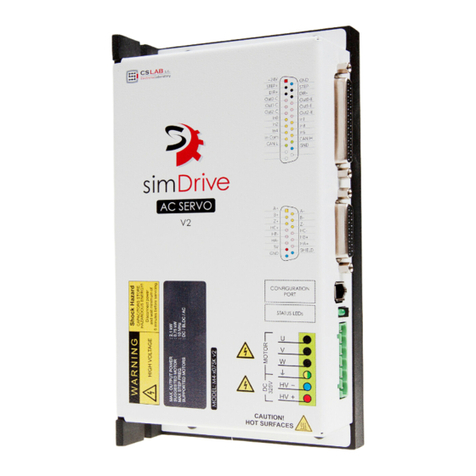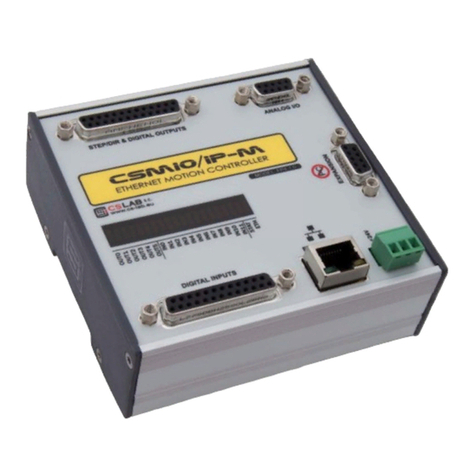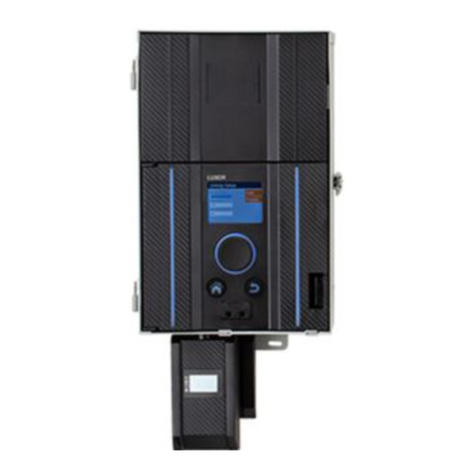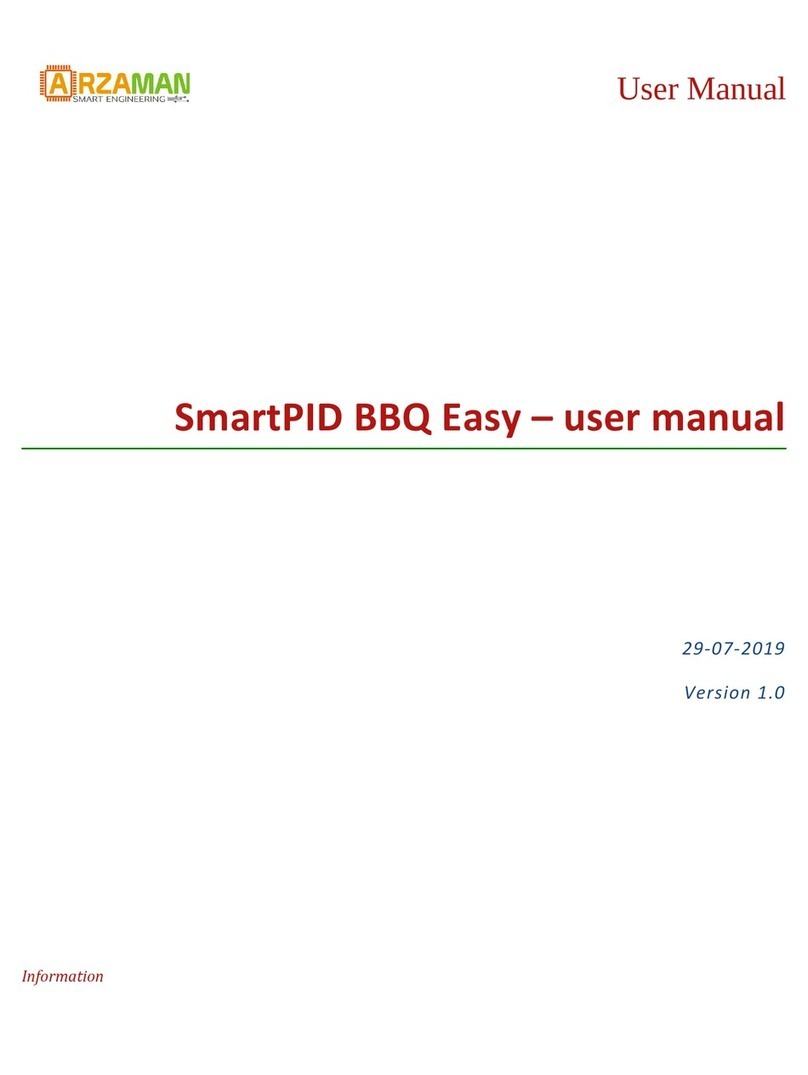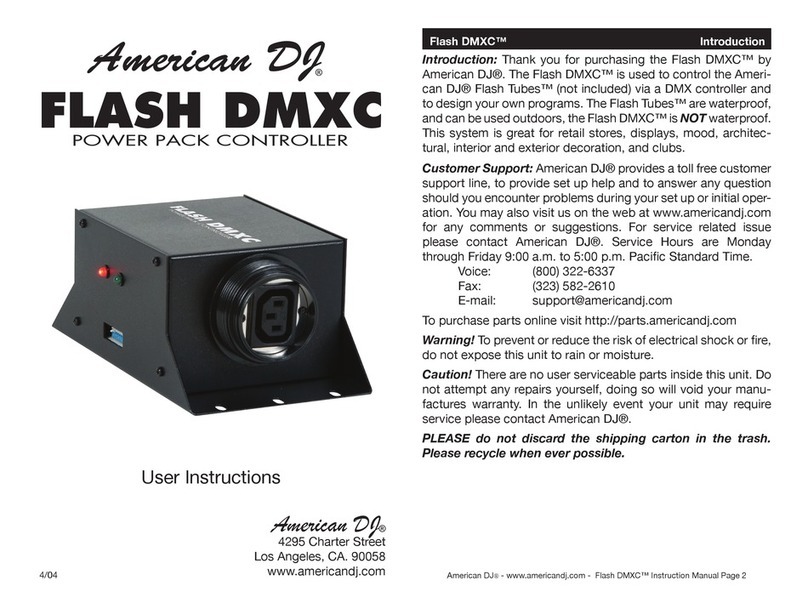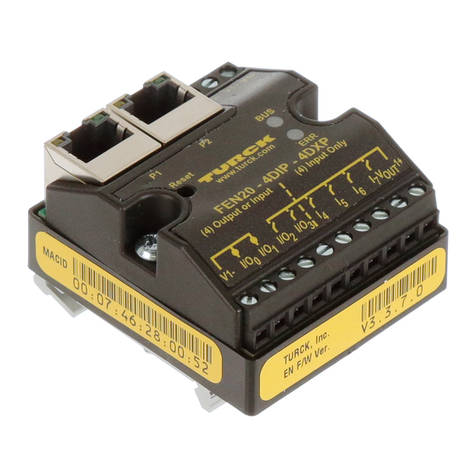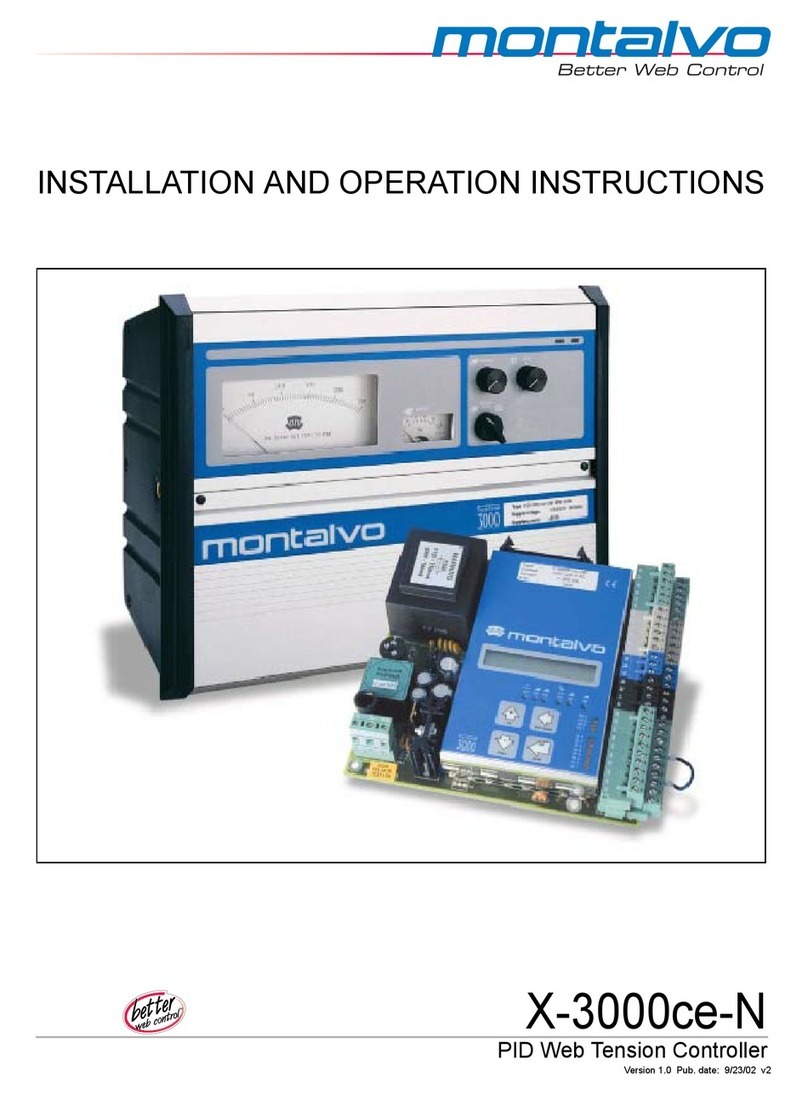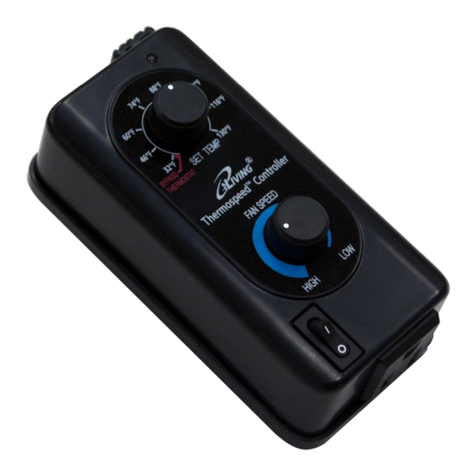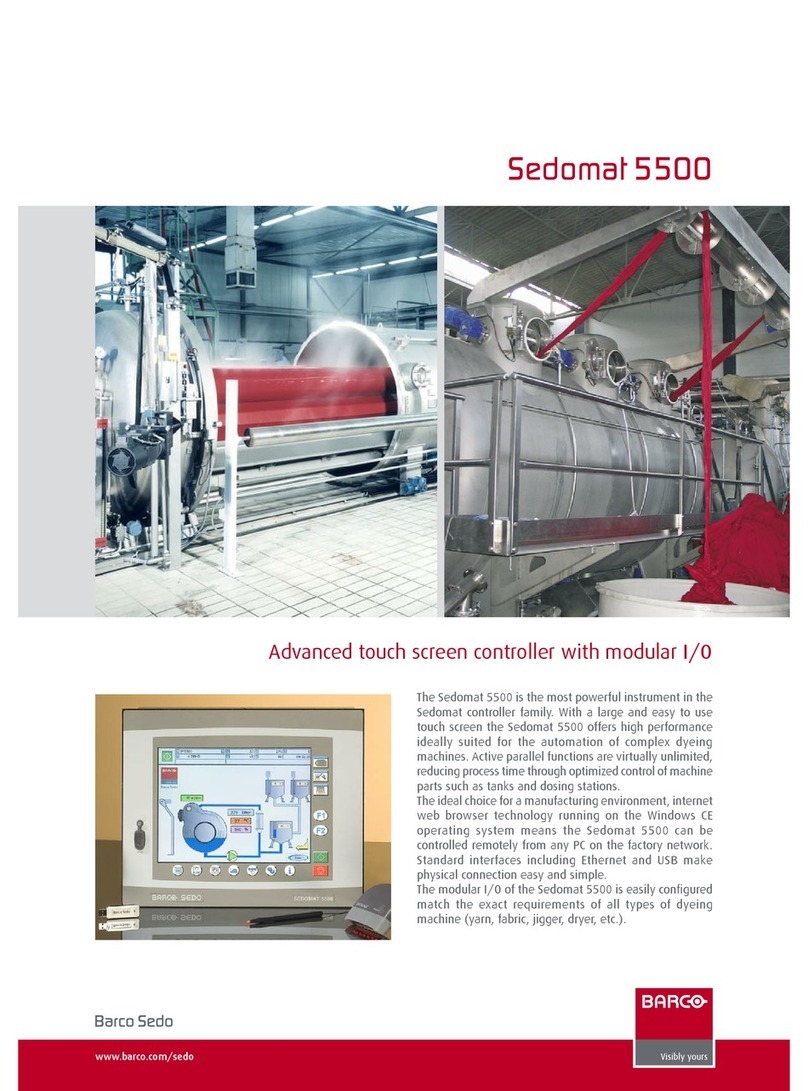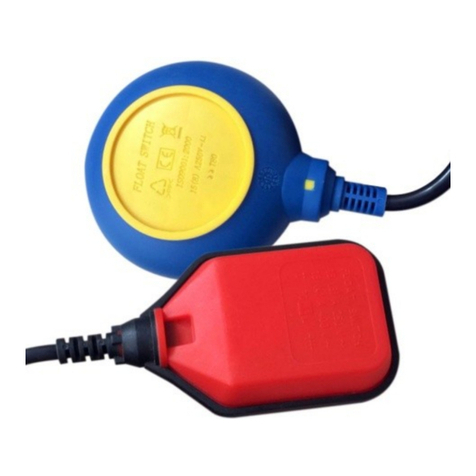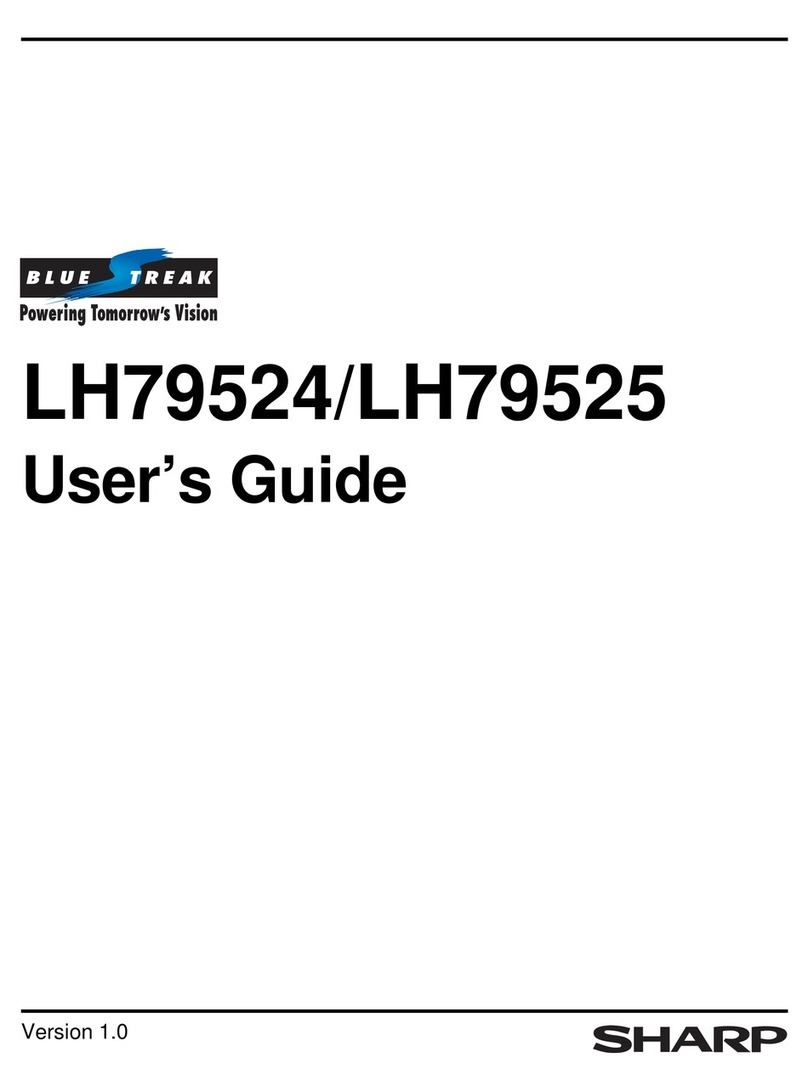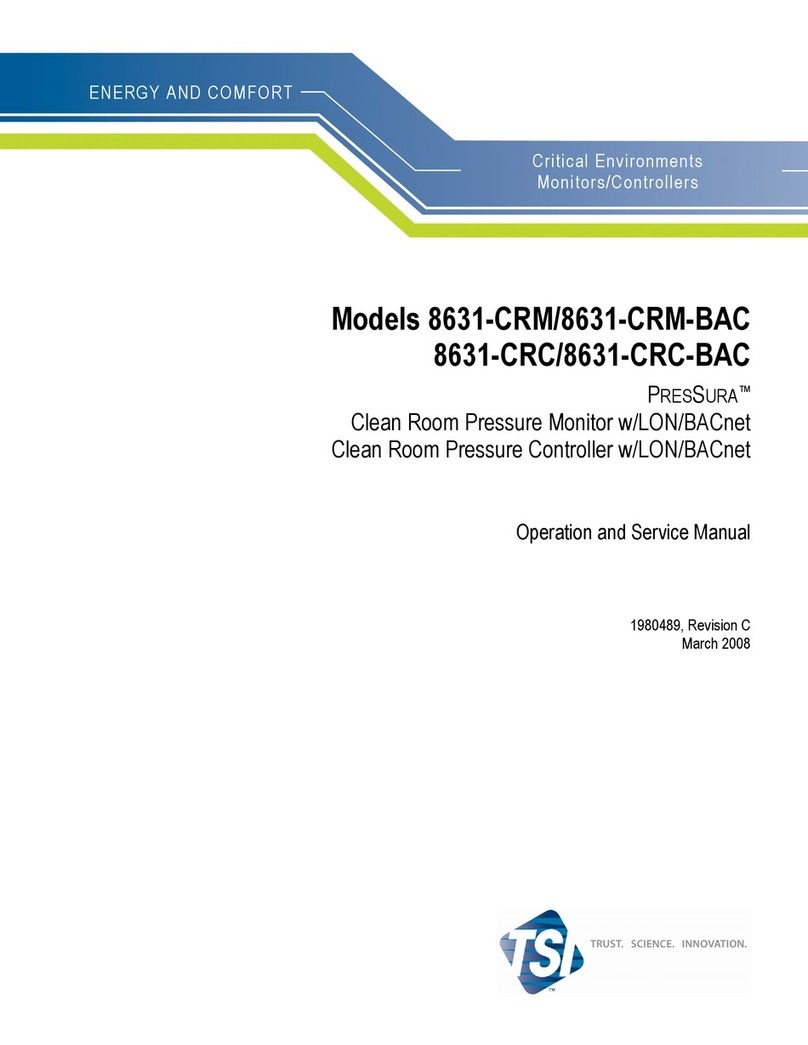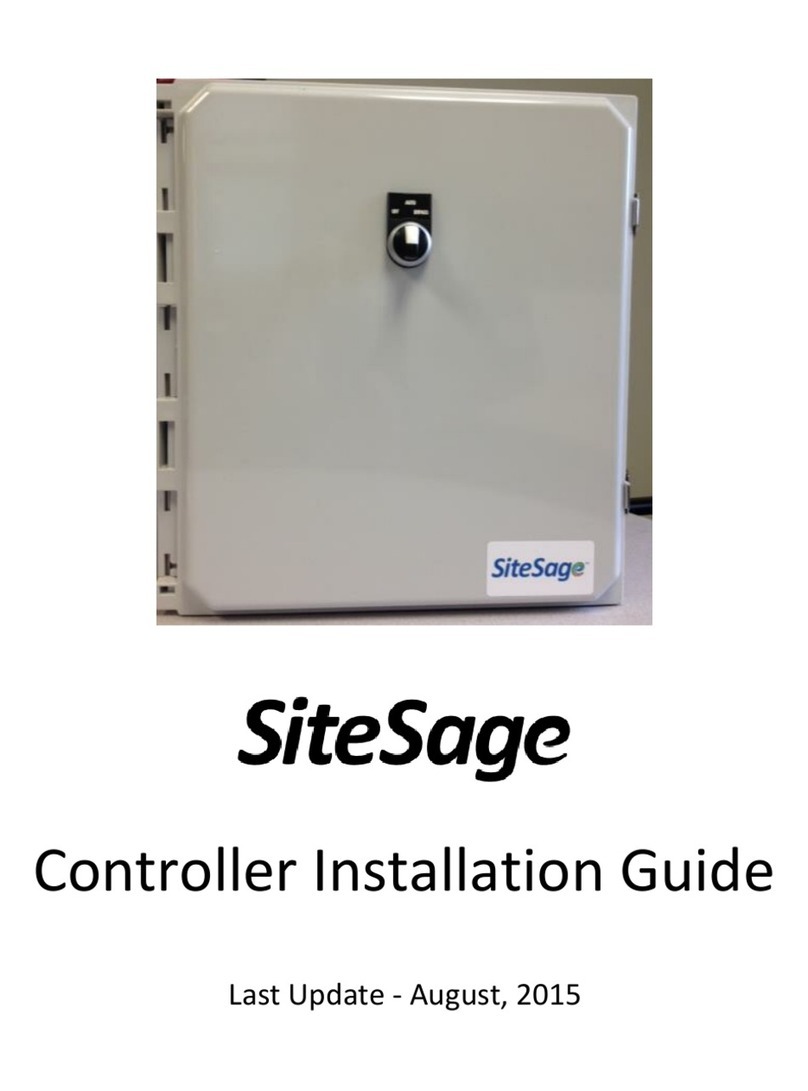CS-Lab CSMIO IP-S User manual

6 Axis CNC Controller
USER GUIDE
Applies to hardware version: v2
Applies to firmware version: v2.020
Rev. 2
© Copyright 2011 – CS-Lab s.c.

Index
1. General ................................................................................................................................... 5
1.1 Signs used in this guide ......................................................................................................... 5
1.2 Content.................................................................................................................................. 6
1.3 Standards compliance ........................................................................................................... 7
1.4 Specification .......................................................................................................................... 7
2. Safety...................................................................................................................................... 8
2.1 Example of direct E-Stop Signal connection.......................................................................... 9
2.2 Example of E-Stop Signal connection using PILZ module.................................................... 10
3. Recommendations for mechanical installation ....................................................................... 11
3.1 Examples of components arrangement in a control cabinet. ............................................. 11
3.1.1 Block scheme pictorial view....................................................................................... 11
3.1.2 Control cabinet made by CS-Lab Company................................................................ 12
4. Connectors, controls and electrical installation of the device .................................................. 13
4.1 Connectors arrangement on the device.............................................................................. 13
4.2 STEP/DIR controlling signals connector (CSMIO/IP-S v2).................................................... 14
4.2.1 Signals on a Terminal Block connector ...................................................................... 15
4.2.2 Example – M542 drive connection ............................................................................ 15
4.3 Digital outputs connector (0-15) (CSMIO/IP-S v2) .............................................................. 16
4.3.1 Output circuits construction ...................................................................................... 17
4.3.2 Signals on a Terminal Block connector ...................................................................... 17
4.3.3 Examples – spindle switching signal.......................................................................... 18
4.4 Digital inputs connector (0-15) (CSMIO/IP-S v2)................................................................. 19
4.4.1 Input circuits construction. ........................................................................................ 20
4.4.2 Signals on a Terminal Block connector ...................................................................... 20
4.4.3 Examples of input signals connection........................................................................ 21
4.5 Digital inputs connector (16-31) (CSMIO/IP-S v2)............................................................... 23
4.6 Analog inputs/outputs connector ....................................................................................... 24
4.6.1 Signals on a Terminal Block connector ...................................................................... 24
4.6.2 Example – connection and configuration of potentiometers .................................... 25
4.7 Expansion modules connector ............................................................................................ 26
4.8 Power connector ................................................................................................................. 27
4.9 Communication connector – Ethernet................................................................................ 27
4.10 Recommended cables ......................................................................................................... 28
4.11 Installation examples........................................................................................................... 29
4.11.1 Inverter connection using analog output. ................................................................. 29
4.11.2 Illustrative diagram of XYZ plotter (CSMIO/IP-S v2) .................................................. 30
4.11.3 Automatic control of drives power supply (HV)......................................................... 32
4.12 LED lights meaning .............................................................................................................. 33
4.12.1 Types and location of the LEDs.................................................................................. 33
4.12.2 State diodes description - STATx................................................................................ 34
5. Recommendations and drives selection (motors drives) ......................................................... 35
6. Precise homing with encoder INDEX signal ............................................................................. 37
6.1 Solution no. 1 – Homing on “index” function ..................................................................... 37
6.2 Solution no. 2 – Synchronization of HOME signal in servo drives....................................... 38
7. LAN connection and configuration ......................................................................................... 40
7.1 Direct connection to PC....................................................................................................... 40
7.1.1 Windows®XP configuration. ...................................................................................... 40
CS-Lab s.c. –CSMIO/IP- S - CNC Controller
Page 2

7.1.2 Windows® 7 configuration. ....................................................................................... 41
7.2 Local network with router and DHCP.................................................................................. 44
8. Mach3 program – general information ................................................................................... 45
8.1 Recommended PC configuration......................................................................................... 47
9. Software installation ............................................................................................................. 48
9.1 Mach3 installation............................................................................................................... 48
9.2 Microsoft® .Net installation (older operating systems) ...................................................... 49
9.3 Installation of CSMIO/IP software....................................................................................... 49
9.4 Administrator rights in Windows® Vista and Windows® 7 ................................................. 51
10. Mach3 program configuration ............................................................................................. 52
10.1 Configuration profile creation............................................................................................. 52
10.2 The first run ......................................................................................................................... 53
10.3 Configuration of axes used in a machine ............................................................................ 55
10.4 Configuration of digital input signals .................................................................................. 56
10.5 Configuration of digital output signals................................................................................ 58
10.6 Configuration of spindle and cooling .................................................................................. 60
10.6.1 Analog output configuration ..................................................................................... 60
10.6.2 Problematic PWM Control function........................................................................... 61
10.7 Configuration of resolution, speed and acceleration.......................................................... 62
10.8 Configuration of directions, homing and software limits. .................................................. 64
10.9 Configuration functions in a plug-in window ...................................................................... 65
10.9.1 Axes special functions................................................................................................ 65
10.9.2 Spindle configuration................................................................................................. 68
10.9.3 Override sources – feed speed and spindle revs corrections source selection .......... 69
10.9.4 Plasma – additional functions for plasma cutters ..................................................... 70
10.9.5 Misc IO – Special functions related to I/O ................................................................. 70
10.9.6 Other plugin functions ............................................................................................... 71
10.10 Selection of inch/mm units ................................................................................................. 73
10.11 Some parameters in the General Config window. .............................................................. 73
11. First tests ............................................................................................................................ 75
11.1 Checking the input signals................................................................................................... 75
11.2 Verification of axes scaling and motion directions ............................................................. 76
11.3 HOMING and software limit switches test.......................................................................... 77
11.3.1 First homing............................................................................................................... 77
11.3.2 SoftLimit switches...................................................................................................... 77
11.4 Test of spindle and cooling.................................................................................................. 78
12. Sample treatment step by step............................................................................................ 79
12.1 Project and G-Code files preparing ..................................................................................... 79
12.2 Preparing machine and Mach3 program............................................................................. 83
12.3 We begin the treatment...................................................................................................... 85
13. A few practical notes about Mach3 program and CSMIO/IP-S............................................... 87
14. VisualBasic® macros ............................................................................................................. 89
14.1 Automatic tool-length measurement.................................................................................. 89
14.1.1 Configuration............................................................................................................. 89
14.2 Automatic tool change macro............................................................................................. 91
Addition A – Slave axis configuration example ........................................................................... 92
Defining axes used in Mach3 program ......................................................................................... 92
CS-Lab s.c. –CSMIO/IP- S - CNC Controller
Page 3

Axis scaling and configuration....................................................................................................... 92
Activation and choice of slave axis................................................................................................ 92
LIMIT and HOMING switches ........................................................................................................ 93
Axis direction settings ................................................................................................................... 93
Manual feed test ........................................................................................................................... 93
Automatic reading of HOME switches position difference........................................................... 93
Geometry correction mode activation.......................................................................................... 93
Addition B – CSMIO/IP-S firmware update ................................................................................. 94
How to check current firmware version ....................................................................................... 94
Update application (uploader) ...................................................................................................... 94
Plugin file update .......................................................................................................................... 95
Update verification........................................................................................................................ 95
CS-Lab s.c. –CSMIO/IP- S - CNC Controller
Page 4

1. General
CSMIO/IP-S product was designed for professional customers, who want to equip their machine tool
with an efficient, stable and flexible CNC control system for a reasonable price.
The main designing assumption was working stability – hence the PC connection via Ethernet (its
physical layer is galvanically isolated and protocols we use ensure reliable and fast transmission even
in tough industrial environment). Practically any others interfaces do not provide the continuity and
reliability of transmission on such a high level as the ETHERNET. That is why it is currently the
worldwide standard for high-speed digital communication.
Another important assumption was simplicity of installation. CSMIO/IP-S does not require any exter-
nal electronics for proper operation. Inputs/outputs signals are inside optically isolated, filtered, pro-
tected against short circuit, overheating etc. All signals are adjusted to industry standard 24V. The
device is enclosed in a compact cover, mounted on a DIN-rail, what makes that mechanical and elec-
tronic installation in a control cabinet takes less time and is even simpler.
CSMIO/IP-S product works with Mach3 program because of its low price, popularity and enormous
ability to adapt to specific requirements. As a drives control interface the choice was a popular
step/direction (step / dir) standard. It allows controlling both the stepper motor drives and the most
modern servo drives. Frequency of stop signal that reaches to 4MHz allows for taking maximum ad-
vantage of stepper division in stepper motors the same reducing resonance and significantly
improving performance of propulsion system. It also allows for taking full advantage of encoders with
large number of pulses per rotation in servo drives, and the same lets you to achieve such a precision
and speed, which previously were unavailable in this price sector.
1.1 Signs used in this guide
__________________________________________________________________________________
Potential danger, possible injury risk
__________________________________________________________________________________
Useful information, tips
__________________________________________________________________________________
Warning, failure to comply with these warnings may lead to inappropriate functioning or
damage of the device
__________________________________________________________________________________
CS-Lab s.c. –CSMIO/IP- S - CNC Controller
Page 5

1.2 Content
CSMIO/IP-S Device is placed in a cartoon box with DB->Terminal Block adapters for easier wires con-
nection in a control cabinet. More content details below:
•CNC CSMIO/IP-S Controller
•2xDB25 -> Terminal Block adapter
•2xDB25 + 1xDB9 -> Terminal Block adapter
•Ethernet connection wire
•DB25 connection tape (4 pcs.)
•DB9 connection tape (1 pc.)
•„Phoenix” 3 pin power plug (1 pc.)
•CD with electronic version of the user guide and software
(always check if there is a newer version on http://www.cs-lab.eu )
In case of lack of any elements listed above, please contact your distributor.
CS-Lab s.c. –CSMIO/IP- S - CNC Controller
Page 6

1.3 Standards compliance
CSMIO/IP-S controllers were designed and made in accordance with national and international
standards for industrial control systems based on electronic components:
•Detailed requirements for programmable controllers: working characteristics, shock re-
sistance, safety etc. EN61131-2 (IEC1131-2), CSA 22.2, UL508
•Compliance with European Guidelines (low voltage, level of electromagnetic interference
Electromagnetic Compatibility), the CE marking.
•Electrical and non-combustible properties of insulation materials: UL 746C, UL 94, etc.
•The Product made in lead-free technology, RoHS compliant.
1.4 Specification
Parameter
Value
Number of digital inputs
32
Number of digital outputs
16
Number of analog inputs
4
Number of analog outputs
2
Supply voltage
24VDC +/-10%
Power consumption
5W
Maximum voltage on in/out lines
30VDC
Maximum load of an output line
250mA
A voltage range of analog inputs
0-10VDC
Maximal load of analog output
5mA
Axis drives control type
(STEP/DIR)
Maximum frequency of a STEP signal
4MHz
Fill factor of the STEP signal
50%
PC connection
Ethernet 10/100Mb
Ambient temperature range
0oC to +60oC
Relative humidity
10% do 95%
(without condensation)
The STEP outputs signals frequency are in no way limited by the „Kernel speed” settings in Mach3
program. While using the CSMIO/IP-S controller this Mach’s configuration parameter is unused and
can be set on any value.
CS-Lab s.c. –CSMIO/IP- S - CNC Controller
Page 7

2. Safety
CSMIO / IP-S device is powered by 24V safe voltage. I/O control lines are optically isolated, also PC
connection is galvanically isolated. The device does not constitute direct threat to health and life of a
user.
Designing a complete control system (control cabinet), you should draw attention to several issues,
so that the entire system does not pose any hazard during use.
Always use NC contacts (Normal Closed) for limit switches and safety switch. Thanks to it - a wiring
mistake or i.e. plug-ins disconnection will stop the machine.
Pay special attention to an emergency stop circuit. Control system must be designed in such a way
that when you press an emergency stop mushroom, controlled machine stops immediately in all
axes. You should also take into account the possibility of failure of particular system components
such as main controller, or axis drives.
The best way is, to use for that purpose a standard safety relay (i.e. from PILZ Company). The safety
switch mushroom, FAULT signals of drives and inverter and eventually other alarm signals – you
should connect to input circuits. Output or outputs should be connected to CSMIO/IP-S controller,
and defined as emergency stop. Outputs of security module should be also connected to axis drives,
inverters, etc. This way we get double protection – if, by inappropriate configuration or CSMIO/IP-S
controller failure - the emergency would not work, then information goes to axis drives, which can
properly respond to it. It works both sides: if drives would not react, you always have the controller.
The CSMIO-IP/S Controller in active state on the input line - defined as E-Stop, blocks the STEP
signals within 0.0005 s. It happens autonomously, without Mach3 program and thus the machine
stops very fast. The same happens with reaction to signals from limit switches.
CS-Lab s.c. –CSMIO/IP- S - CNC Controller
Page 8

2.1 Example of direct E-Stop Signal connection
In the example above we used direct emergency signals connection. Such a connection is very easy
and at the same time, it ensures satisfying safety level. Of course, the easiest way is to connect the E-
Stop only to CSMIO/IP-S but then we lose double protection and it is no longer so safe solution.
As a switch (mushroom) of emergency stop always use special switchers, specially designed for that.
They have different construction and you can be actually 100% sure that the circuit will be discon-
nected after pressing the mushroom. Using common NC contacts is dangerous. It is worth to use
contacts from reputable companies. They are a little bit more expensive but their quality is much,
much better.
CS-Lab s.c. –CSMIO/IP- S - CNC Controller
Page 9

2.2 Example of E-Stop Signal connection using PILZ module
Above you can see an example of E-Stop signal connection to the CSMIO/IP-S controller and to the
axis drives, using Pilz company safety relay (PNOZ X7 24V symbol). S1 is a reset button (switching on
the safety relay), S2 is the emergency stop.
This module has one input, and due to it, all the alarm sources are connected to this input (A1). In
addition to the mentioned emergency stop (S2) there are NC contacts - NC1 and NC2, which may be,
e.g. opening sensors for a cover and a control cabinet. Moreover, there are drives FAULT signals con-
nected in series. Two outputs of the safety relay were used as the E-Stop signal for the CSMIO/IP-S
controller and axis drives.
This combination assures that machine stops in case of failure on any axis (FAULT signals of the
drives), by pressing the emergency stop mushroom and opening the cabinet or the cover. Separation
of output channels of the safety relay gives double protection to a system and significantly increases
reliability of the entire system.
PILZ
PNOZ X7 24 V
CS-Lab s.c. –CSMIO/IP- S - CNC Controller
Page 10

3. Recommendations for mechanical installation
CSMIO/IP-S controller and DB->Terminal block connectors were designed to be installed on a stand-
ard DIN-rail. It is the quickest and the best way of installation.
The Controller uses a small amount of electricity and creates a negligible amount of heat. Aluminum
housing provides adequate cooling for electronics inside, even if an ambient temperature reaches
40OC.
As for the controller, there are no special precautions for ventilation and minimum distances. How-
ever, usually, next to the controller in a control cabinet, there are also inverters, power supplies,
motor drives - these components emit a lot of heat, so you should always remember about their
proper location and proper ventilation of the cabinet.
3.1 Examples of components arrangement in a control cabinet.
3.1.1 Block scheme pictorial view
CS-Lab s.c. –CSMIO/IP- S - CNC Controller
Page 11

3.1.2 Control cabinet made by CS-Lab Company
Caution is advised during mechanical and electrical installation. Poorly tightened cable may cause
many problems, it is also very difficult to find such a defect while launching/using the system.
CS-Lab s.c. –CSMIO/IP- S - CNC Controller
Page 12

4. Connectors, controls and electrical installation of the device
4.1 Connectors arrangement on the device
Detail description of signals on each connector is placed in the next sections.
DB->Terminal block connectors have the same pin numbers as DB connectors in CSMIO/IP-S device.
In example: 15 pin of DB25 connector match with the 15 pin on the terminal block.
There were some hardware improvements made in the CSMIO/IP-S v2 controllers therefore the pin
topology on STEP/DIR, DIGITAL OUTPUTS and DIGITAL INPUTS connectors is different for version v1
and v2. To define your version of the controller read the first 4 figures of a serial number.
•Numbers starting with 1119… and below means version v1
•Numbers starting with 1120… and above means version v2
Documentation for v1 of CSMIO controller you can find on website: http://www.cs-lab.eu in down-
load section.
Digital inputs 16-31
Signals that control the
drives (STEP/DIR)
Analog inputs and
outputs (0-10V)
Expansion modules
connector
Power connector
Digital inputs 0-15
Digital outputs 0-15
Communication con-
nector (ETHERNET)
CS-Lab s.c. –CSMIO/IP- S - CNC Controller
Page 13

4.2 STEP/DIR controlling signals connector (CSMIO/IP-S v2)
CSMIO/IP-S controllers v2 have serial number starting with 1120… and above.
During STEP/DIR signals connection to a drive (both servo and stepper) you should pay attention to
which STEP edge is active. In the controller, a rising edge is the active edge so it is STEP+ signal
change from "0" to "1". Connecting the controller e.g. of M542 stepper motor you should connect
the PUL+ signal to STEP+, and STEP- output with CSMIO/IP-S to the PUL- of the controller. This way
switching on the optocoupler in M542 will follow at rising edge of CSMIO/IP-S STEP signal. Improper
connection may cause position errors.
PIN number Details
1
DIR[0]+
2
STEP[0]+
3
DIR[1]+
4
STEP[1]+
5
DIR[2]+
6
STEP[2]+
7
DIR[3]+
8
STEP[3]+
9
DIR[4]+
10
STEP[4]+
11
DIR[5]+
12
STEP[5]+
13
GND
14
DIR[0]-
15
STEP[0]-
16
DIR[1]-
17
STEP[1]-
18
DIR[2]-
19
STEP[2]-
20
DIR[3]-
21
STEP[3]-
22
DIR[4]-
23
STEP[4]-
24
DIR[5]-
25
STEP[5]-
Do not ever connect differential out-
puts together!
Signals signed as „-„ cannot be con-
nected to GND as it will cause device
damage.
If you have never connected differen-
tial outputs you must read our addi-
tional documentation necessarily:
„CSMIO/IP differential outputs”
where are shown possible kinds of
connection to different type drives. .
The 5V power that is available on this
connector has low permissible load
(50mA / pin) and serves only to con-
trol the LEDs in the optically isolated
inputs of motor drivers.
Pay attention to version of the con-
troller
CS-Lab s.c. –CSMIO/IP- S - CNC Controller
Page 14

4.2.1 Signals on a Terminal Block connector
By default, axes are assigned to following chan-
nels STEP/DIR: X[0] / Y[1] / etc.
Pin numbers Entered in Mach3 program in
Port&Pins” on „Motor Outputs” tab do not mat-
ter. If you want to assign other STEP/DIR chan-
nels numbers to an axis, you should do it in the
plugin's configuration: menu „ConfigConfig
PlugInsCONFIG”.
4.2.2 Example – M542 drive connection
In the example below there was shown connection of M542 drives as X drives.
CS-Lab s.c. –CSMIO/IP- S - CNC Controller
Page 15

4.3 Digital outputs connector (0-15) (CSMIO/IP-S v2)
CSMIO/IP-S controllers v2 have serial number starting with 1120… and above.
PIN number Details
1 24V power supply for 0-3 outputs
2 Output 0
3 Output 2
4 24V power supply for 4-7 outputs
5 Output 4
6 Output 6
7 24V power supply for 8-11 outputs
8 Output 8
9 Output 10
10 24V power supply for 12-15 outputs
11 Output 12
12 Output 14
13 GND (not in use)
14 Power supply 0V for 0-3 outputs
15 Output 1
16 Output 3
17 Power supply 0V for 4-7 outputs
18 Output 5
19 Output 7
20 Power supply 0V for 8-11 outputs
21 Output 9
22 Output 11
23 Power supply 0V for 12-15 outputs
24 Output 13
25 Output 15
The outputs have 250mA permissible
load. Pay attention if you are con-
nected to a large inductance you may
need to use an additional surge led,
preferably as close to the coil as pos-
sible.
In Mach3 „Port&Pins” configuration,
the value in „Pin” column does not
mean a pin number in CSMIO/IP
connector but it means output num-
ber.
It means that entering „9” refers to
output 9, and so Pin 21 in CSMIO/IP
connector.
CS-Lab s.c. –CSMIO/IP- S - CNC Controller
Page 16

4.3.1 Output circuits construction
As you can see on the scheme, each
input is optically isolated. Outputs are
divided into groups, four in each group.
Each group is controlled by special-
ized chip VNQ860. These chips work in
PNP logic, thus the active state is a high
state (+24V).
VNQ860 circuits are not powered
from the same source CSMIO/IP is. If they
were, the opto-isolation would have no
sense. Therefore, we must remember to
supply power to each group of outputs
we use.
If we do not care about CSMIO/IP controller and digital outputs supply potentials separation and we
want to use one supply source then we can link power supply of all the groups (pins 1, 4, 7, 10) and
connect to controllers +24V supply. Of course you must also connect supply primary lines, 0V (pin 14,
17, 20, 23) to GND of CSMIO/IP controller power supply.
4.3.2 Signals on a Terminal Block connector
CS-Lab s.c. –CSMIO/IP- S - CNC Controller
Page 17

4.3.3 Examples – spindle switching signal
In the example below, basing on spindle switching output configuration (M3) we can see exactly
following dependency:
[Mach3 program signal] [CSMIO/IP signal] [Pin in CSMIO/IP connector]
PIN number Description
1
24V power for outputs 0-3
2
Output 0
3
Output 2
4
Power 24V for outputs 4-7
5
Output 4
6
Output 6
7
Power 24V for outputs 8-11
8
Output 8
9
Output 10
10
Power 24V for outputs 12-15
11
Output 12
12
Output 14
13
GND (not used)
14
GND 0V for outputs 0-3
15
Output 1
16
Output 3
17
GND 0V for outputs 4-7
18
Output 5
19
Output 7
20
GND 0V for outputs 8-11
21
Output 9
22
Output 11
23
GND 0V for outputs 12-15
24
Output 13
25
Output 15
Outputs group power
(4 – 7)
Output no. 5 of CSMIO/IP
Controlling Signal (e.g. for inverter)
CS-Lab s.c. –CSMIO/IP- S - CNC Controller
Page 18

4.4 Digital inputs connector (0-15) (CSMIO/IP-S v2)
CSMIO/IP-S controllers v2 have serial number starting with 1120… and above.
PIN number
Details
1
Input 0 (+)
2
Input 2 (+)
3
Input 4 (+)
4
Input 6 (+)
5
Inputs 0-7 (-)
6
Input 8 (-)
7
Input 9 (-)
8
Input 10 (-)
9
Input 11 (-)
10
Input 12 (-)
11
Input 13 (-)
12
Input 14 (-)
13
Input 15 (-)
14
Input 1 (+)
15
Input 3 (+)
16
Input 5 (+)
17
Input 7 (+)
18
Input 8 (+)
19
Input 9 (+)
20
Input 10 (+)
21
Input 11 (+)
22
Input 12 (+)
23
Input 13 (+)
24
Input 14 (+)
25
Input 15 (+)
Pay special attention to not exceed
the permissible voltage (30VDC) on
the inputs lines. It may cause the
device damage.
In Mach3 „Port&Pins” configuration,
the value in „Pin” column does not
mean a pin number in CSMIO/IP
connector but it means output num-
ber.
It means that entering „10” refers to
input 10, and so Pin 20(+) and 8 (-) in
CSMIO/IP connector
CS-Lab s.c. –CSMIO/IP- S - CNC Controller
Page 19

4.4.1 Input circuits construction.
You can see below simplified scheme of CSMIO/IP-S input circuits. On the scheme outputs: 0 –
15 are signed as IN 0 – 15.
4.4.2 Signals on a Terminal Block connector
CS-Lab s.c. –CSMIO/IP- S - CNC Controller
Page 20
Table of contents
Other CS-Lab Controllers manuals
